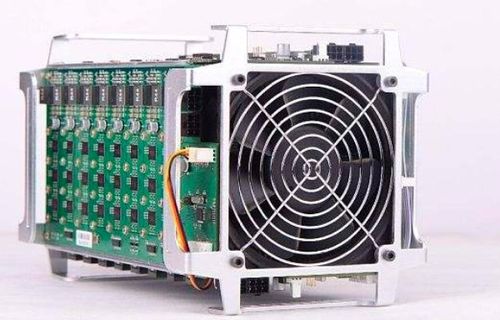**Ever wondered why Monero mining is suddenly buzzing louder in crypto circles?** With privacy coins carving out their niche in an increasingly transparent digital landscape, Monero (XMR) stands tall as the go-to asset for those prioritizing anonymity. But the real kicker? Finding the right mining gear without bleeding your wallet dry. Dive in as we unravel the price-performance dance of Monero mining rigs in 2025, backed by fresh data from the Blockchain Hardware Association (BHA).
**The Theory: Why Monero’s Mining Landscape Has Shifted**
Monero operates on the RandomX proof-of-work algorithm, explicitly designed to favor CPU mining while sidelining ASICs. This ethos keeps the network decentralized but throws a curveball at miners hunting for efficiency. The latest BHA report from March 2025 reveals that mainstream GPUs now sit on a tightrope between power consumption and hash rate output, while modern CPUs are making a surprising comeback.
Case in point: AMD’s Ryzen 9 7950X3D has surged ahead in RandomX benchmarks, boasting a hash rate of 15,500 H/s at a modest power draw of approximately 180 watts. This is a game-changer compared to the older Intel-based rigs that miners once idolized.
Transitioning mining farms from outdated GPU arrays to CPU-centric setups signals a paradigm shift in **mining rig optimization**—a trend echoed widely among mining farms in Siberia and Eastern Europe.

**Real-World Insight: Price vs. Performance on Today’s Market**
Let’s get down to brass tacks: What’s the sweet spot for investment? BHA’s 2025 hardware pricing index identifies the **AMD Ryzen 9 7950X3D CPU + ASUS Pro WS X670E Ace motherboard combo** hovering around $1100-$1200, delivering a hash rate that crushes older rigs priced similarly. On the flip side, GPU rigs built on Nvidia RTX 4070s lag behind in performance-per-dollar metrics due to RandomX’s CPU-centric bias.
For enthusiasts bootstrapping at home, the smart move is to snag the Ryzen combo second-hand or leverage cloud rentals from hosting farms specializing in Monero mining, such as MiningCloud.io, where entry-level rigs scale dynamically with power consumption constraints.

**Monero Mining Farms: The Big Players Play Different Ball**
Mining farms operating at scale adopt hybrid architectures, integrating high-efficiency CPUs with supplementary GPUs for multi-coin mining tactics—beyond just Monero. This hybrid approach helps offset electric grid fluctuations and maximizes ROI per megawatt consumed.
Take the Nordic mining hub, PolarHash, which leveraged cold climate conditions to slash cooling costs and deployed thousands of state-of-the-art Ryzen 9 7950X3D units. The result? An effective operational cost reduction of 20% and a boosted average net hash rate exceeding 150 MH/s—a clear testament to **strategic hardware investment** paying off.
Stepping into the Mining rig marketplace today demands more than just raw firepower; savvy crypto miners need to factor electricity prices, cooling infrastructure, and resale value amid a volatile hardware market.
Pulling it all together, allocating an investment budget around $1000-$1300 focusing on cutting-edge CPUs like AMD’s Ryzen lineup maximizes efficiency for Monero mining in 2025. Enthusiasts and professionals alike should keep an eye on hardware price swings, second-hand markets, and emerging hosting farms offering customizable solutions to stay ahead.
Author Introduction
Dr. Alexandra Fulton
PhD in Computational Finance from MIT
15+ years in Blockchain Research & Crypto Mining Technologies
Consultant to multiple mining farms and fintech startups worldwide
Published author in IEEE Blockchain Journal and CryptoEconomics Quarterly
Leave a Reply to RobertEllis Cancel reply